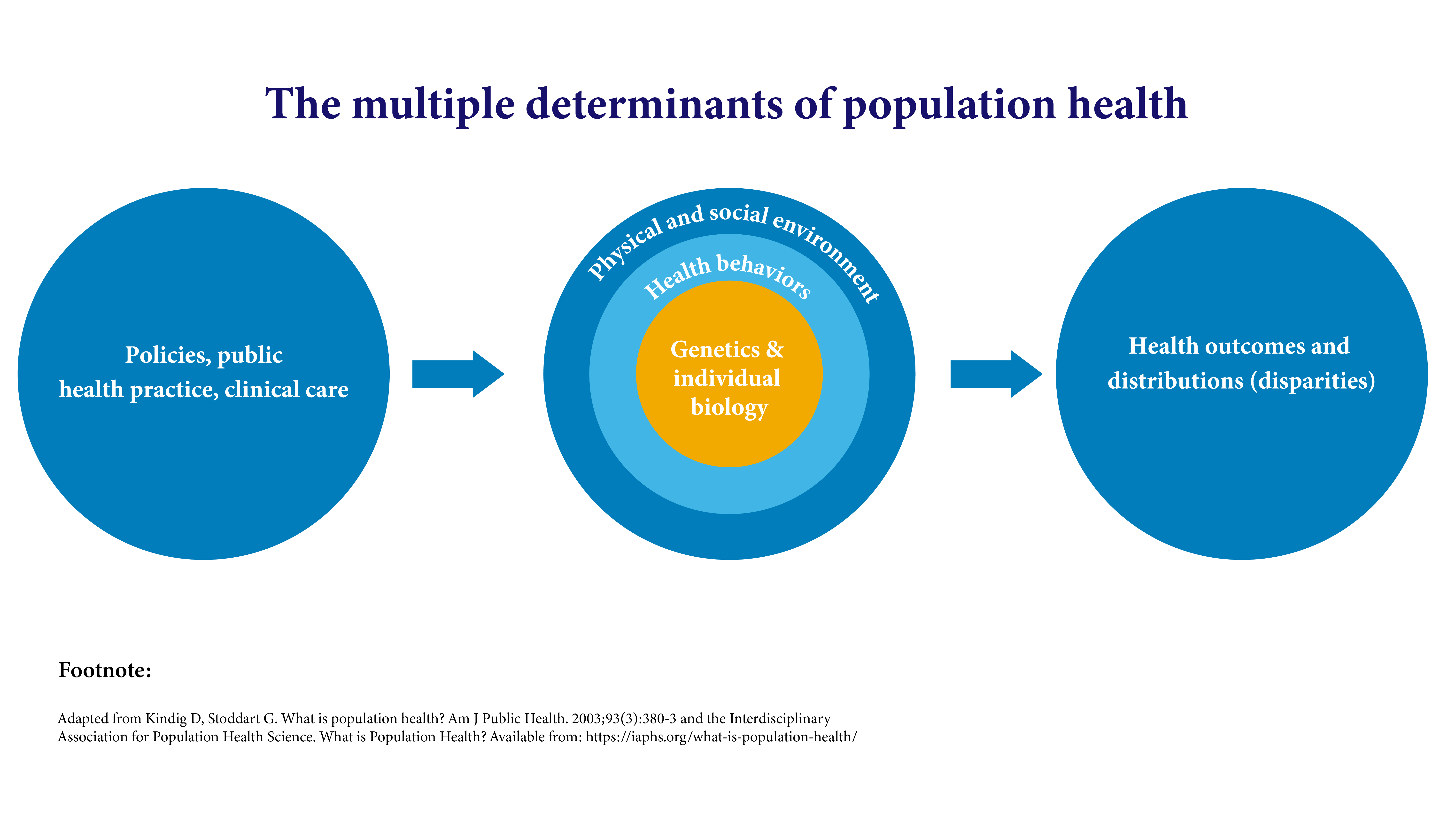Population Health refers to “the health outcomes of a group of individuals, including the distribution of such outcomes within the group.”

The Population Health Team is based at Grady Memorial Hospital, a large safety net institution for medically underserved patients residing in Georgia’s Fulton and DeKalb counties (Atlanta, GA). Our work focuses on characterizing the complex multilevel pathways that shape maternal behavior and health. We are particularly interested in understanding why socially disadvantaged women bear a disproportionate burden of maternal morbidity and mortality how interventions can be integrated into obstetric practice to reduce these disparities. Leveraging the strengths and expertise of our multidisciplinary team of clinicians, epidemiologists, and health informaticians, we use a data-driven approach to design and test actionable strategies for addressing the underlying causes of adverse maternal outcomes at Grady and in other health disparities populations.


